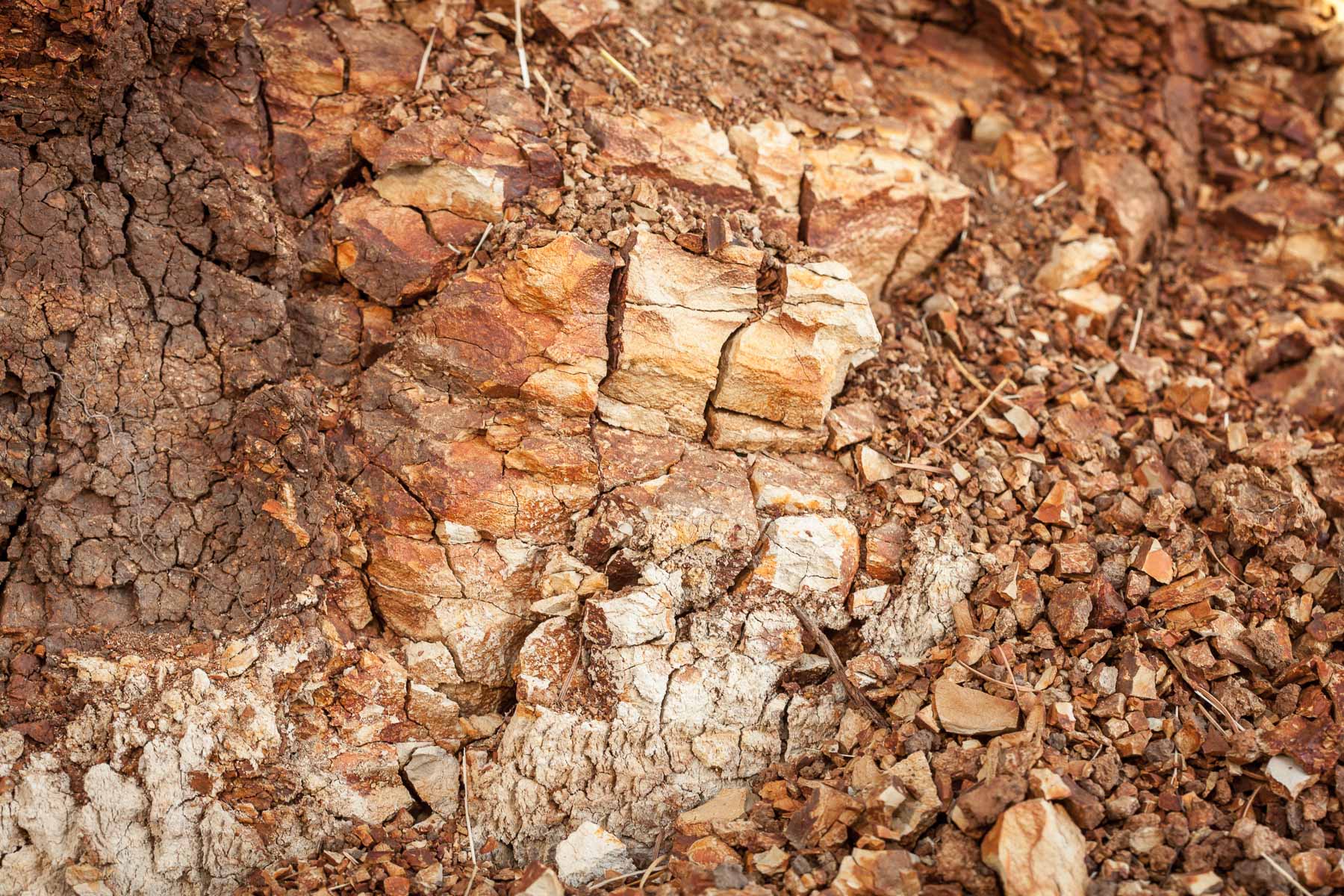Our geology is worth studying.
We recently had a visit from Scott Burns, Geology Emeritus Professor at Portland State University. He presented the doctoral thesis of his student Kat Barnard, who analyzed the elemental makeup of each of our three soil types: Jory (volcanic), Laurelwood (windblown silt) and Willakenzie (marine sediment).

Each soil leaves its own signature on fruit character. Dr. Burns sums up their differences this way:
Jory Soil = Red Fruit
Laurelwood Soil = Blue Fruit
Willakenzie Soil = Black Fruit

Why is a bigger question, although we do have theories. The high iron seen in Jory soils seems to be correlated with red fruitedness. Marine Sedimentary soil’s low phosporus may lead to earlier shutting down of the vines, and more sun and wind ripening at the end of the season. Studying the correlations between differences in the soils and flavor profile is the next step in discovering why we get such diverse wines from Willamette Valley vineyard sites.
Elk Cove is one of a very small number of wineries working with all three of these soil types. We’re still not sure exactly how geology leads to these flavor components, but Kat’s research gets us closer to the answers. Congratulations Dr. Barnard on your Ph.D.!

Want to know more about how soil type affects wine? Read Kat’s thesis or try our 2017 Soil Trilogy and experience three wines made with the same varietal, by the same winemaker, from grapes grown on each of the three. It’s a fascinating dive into the mysterious world of terroir’s effect on Pinot Noir.

